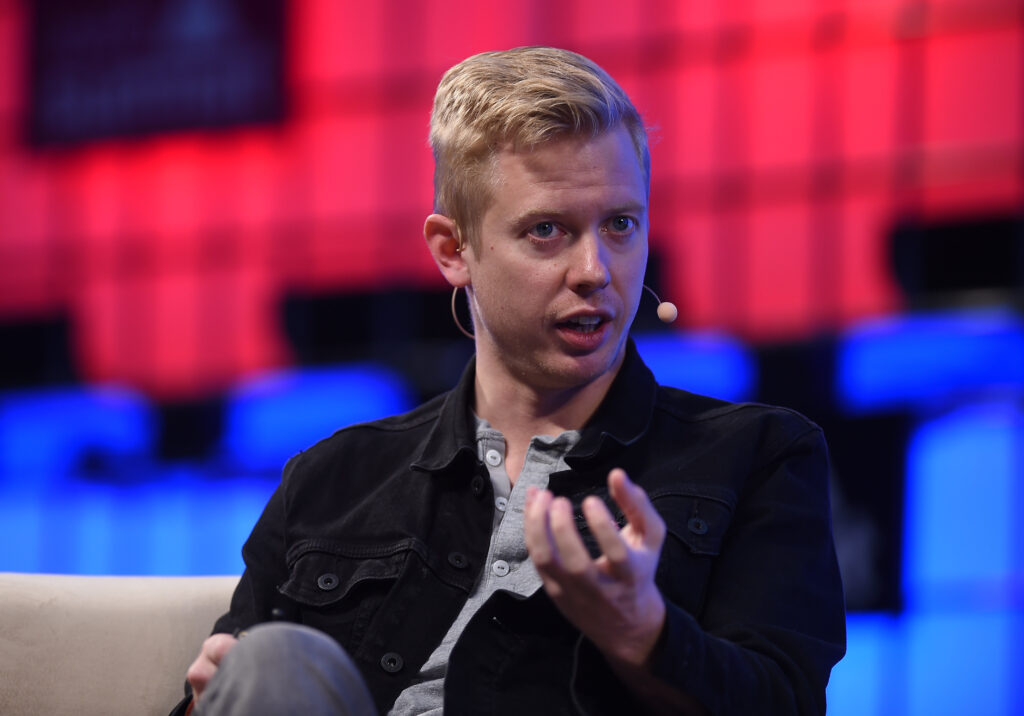In the ever-evolving landscape of technology, software updates are a double-edged sword. They bring new features and improvements but sometimes, they also bring unexpected glitches. The latest iOS 17.5 update has been no exception, with users reporting a peculiar and concerning issue: old, previously deleted photos are reappearing in their photo libraries, as if they were never gone. This phenomenon has left many users baffled and concerned about their privacy and the integrity of their digital data.
The iOS 17.5 Bug and Its Impact
The reports first surfaced on Reddit, where users began sharing their experiences shortly after updating their iPhones. One user recounted the shock of finding NSFW photos, which they had deleted back in 2021, suddenly appearing in their iCloud photo library marked as recently uploaded. This wasn’t an isolated incident; other users chimed in with similar stories, with one mentioning the reappearance of photos from as far back as 2010. The issue seemed to be widespread, with more and more reports trickling in, including one user who found a photo from a concert, taken on a Canon camera, mysteriously showing up in their phone library as if it was added that very day.
The cause of this digital resurrection is not immediately clear. Apple’s Photos app is designed to keep deleted photos and videos in a ‘Recently Deleted’ album for 30 days, allowing users the chance to recover them if needed. However, the photos in question were deleted long before this timeframe, ruling out the possibility of a simple undelete operation. Speculations about the root of the problem include an indexing bug, corruption within the photo library, or a syncing issue between local devices and iCloud Photos. There’s also the possibility that in trying to rectify a photo syncing bug from iOS 17.3, Apple may have inadvertently introduced a new issue involving iCloud backups.
The implications of this bug are far-reaching. For one, it raises questions about the permanence of data deletion on Apple devices and whether ‘deleted’ truly means out of reach. The resurfacing of sensitive or unwanted images can have personal and professional repercussions for users. It also casts doubt on the robustness of Apple’s software quality control and the security of the iCloud ecosystem. As the story unfolds, users and tech enthusiasts alike are keeping a close eye on Apple’s response and the potential fixes for this unsettling glitch.
The recent reports of the iOS 17.5 bug have sparked a flurry of reactions from users and tech commentators alike. The implications of this glitch are manifold, touching on issues of privacy, data security, and the trust we place in tech giants to handle our digital lives with care. As the stories of resurfaced photos flood in, the community is left grappling with the unsettling notion that what we delete may not truly be gone.

User Reactions and Implications
User reactions have been a mix of shock, frustration, and concern. On forums like Reddit and MacRumors, individuals have voiced their unease with the situation. One user, expressing a sentiment shared by many, stated, “This tells me that your deleted photos are never really deleted.” The implication that Apple, a company that prides itself on user privacy and security, might retain data beyond the user’s control is indeed troubling.
Another user’s comment, “Kinda scary,” succinctly captures the collective apprehension. The idea that personal and potentially sensitive photos could resurface without warning is a stark reminder of the vulnerabilities inherent in our digital ecosystems. For some, this incident has eroded the confidence in Apple’s promise of a secure walled garden, where users pay a premium for the assurance of privacy and control over their data.
The broader implications of this bug have not gone unnoticed. One user highlighted the potential legal ramifications, suggesting that the resurfacing of ‘deleted’ photos could be seen as illegal storage of data. The call for a congressional inquiry into the matter reflects the severity with which some are viewing the incident. It raises critical questions about the policies and practices of tech companies when it comes to user data, and whether there is a need for more stringent oversight.
The conversation has also turned to Apple’s software quality control. Critics have pointed out that this is not the first time Apple has faced issues with iCloud and photo management. A user shared their past experience with a corrupted iCloud library, which required Apple’s intervention to resolve. This historical context adds weight to the current concerns, suggesting that Apple’s cloud services have been a weak spot for some time.
Some users feel that the company’s focus has shifted away from the core values of product quality and user experience. The mention of Apple’s other ventures, such as the rumored car project and its engagement in social issues, has been cited as a possible distraction from its primary mission of delivering flawless technology.
Despite the alarm, some voices in the community are urging caution before jumping to conclusions. One user pointed out the possibility that the issue might be related to old devices with cached photos, rather than a systemic problem with iCloud. This perspective is a reminder that the full scope and cause of the bug are still unknown, and that there may be more benign explanations for some of the reported incidents.
In the midst of this, there are calls for patience and a measured response. The suggestion of a class action lawsuit indicates the level of seriousness with which some are treating the issue, but also the recognition that more information is needed before definitive legal action can be taken.
The iOS 17.5 photo bug has undoubtedly struck a nerve. It has brought to the forefront the delicate balance between technological convenience and the right to privacy. As users await a response from Apple, the incident serves as a potent reminder of the complexities and potential pitfalls of our interconnected digital lives. The hope is that this situation will lead to greater transparency, improved software practices, and a reaffirmation of the sanctity of user data. In the end, the community’s demand is clear: when we delete something, it should stay deleted.
Related posts:
Troubling iOS 17.5 Bug Reportedly Resurfacing Old Deleted Photos
Troubling iOS 17.5 Bug Reportedly Resurfacing Old Deleted Photos
iOS 17.5 bug resurfaces old deleted photos for some reason





